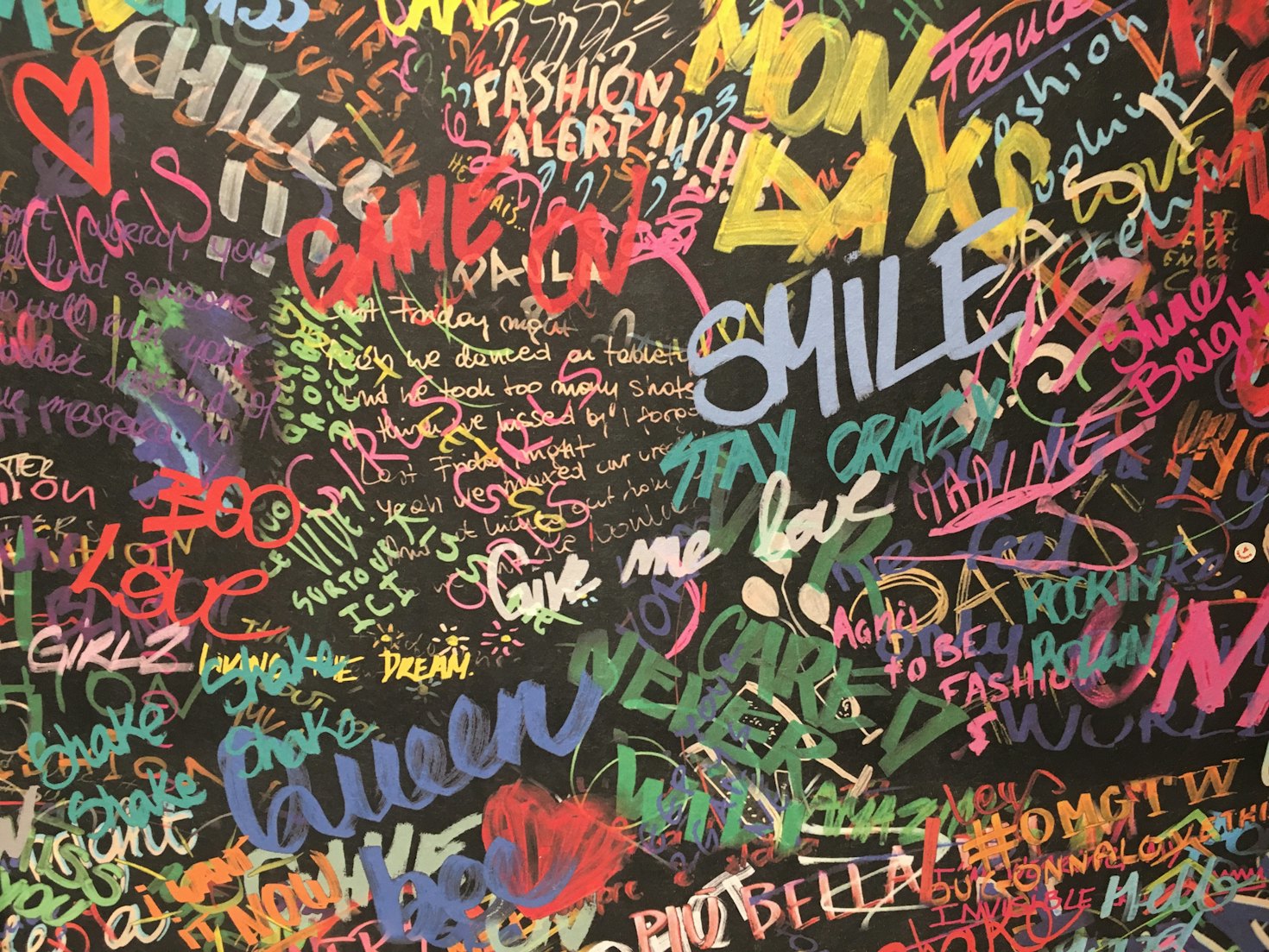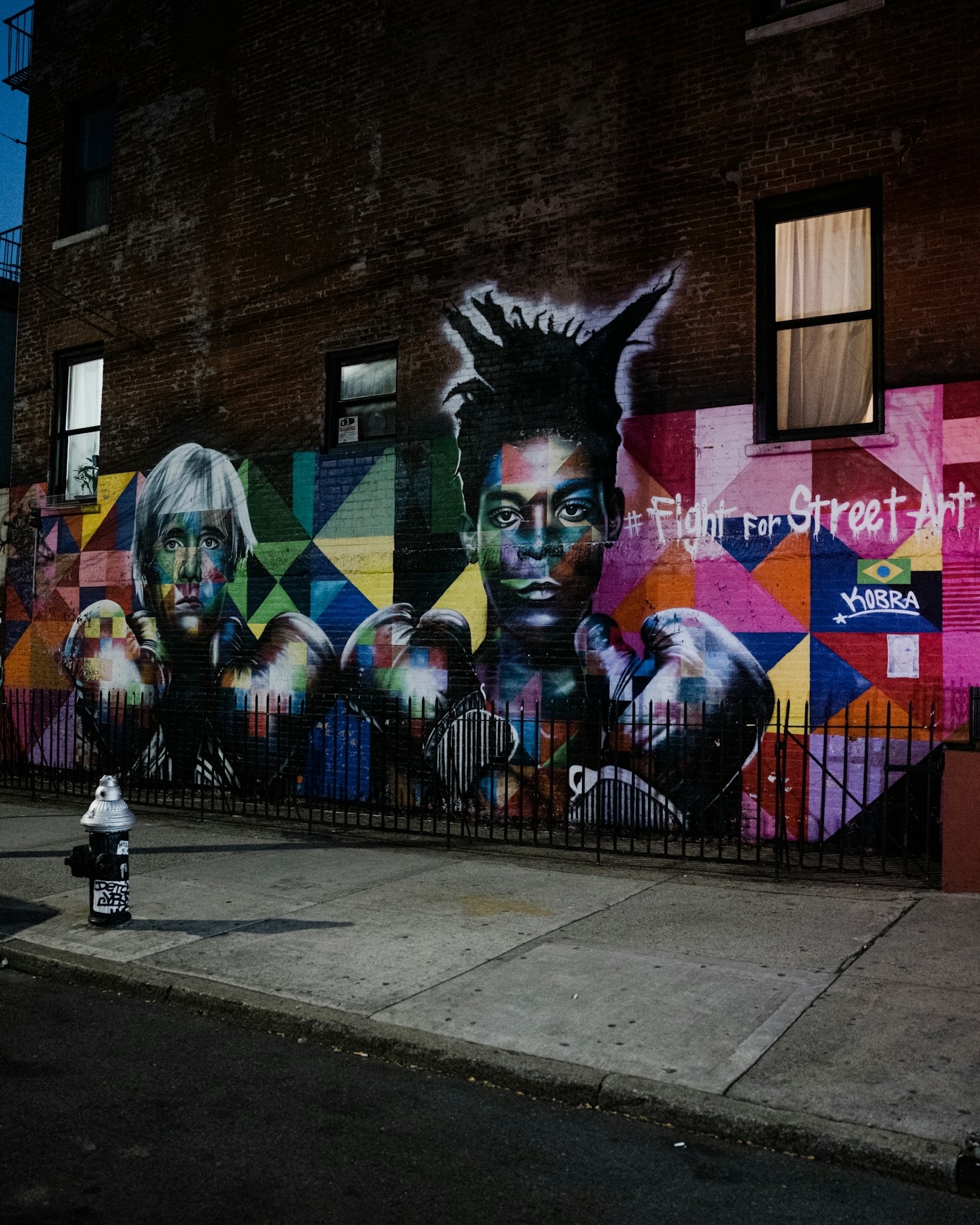Andy Warhol’s Influence on Modern Media Trends
Andy Warhol was not just an artist—he was a visionary who predicted the media-driven world we live in today. His impact extends far beyond the art world, shaping advertising, branding, social media, influencer culture, and even the way we consume and create digital content.
Through his obsession with celebrity, mass production, and commercialism, Warhol essentially laid the foundation for modern media trends, influencing everything from Instagram aesthetics to NFT art.
In this deep dive, we’ll explore how Warhol’s ideas shaped modern media and why his influence is still so relevant today.
1. The Rise of Influencer Culture: Warhol’s “15 Minutes of Fame”
Warhol’s Prediction of Instant Fame
Warhol famously said:
🗨 “In the future, everyone will be world-famous for 15 minutes.”
At the time, this seemed like a commentary on the power of television and mass media, but today, it is one of the most accurate predictions about the rise of social media and influencer culture.
How Warhol’s Idea Shaped the Internet Age
✔ Social Media Virality – Platforms like TikTok, Instagram, and YouTube have made Warhol’s prophecy come true. Anyone can go viral overnight, achieving temporary fame before being replaced by the next trending star.
✔ Micro-Influencers – Social media allows everyday people to brand themselves like Warhol’s Factory Superstars, gaining followers and building personal brands.
✔ Ephemeral Content – With Snapchat, Instagram Stories, and TikTok trends, fame is no longer lasting—it’s short, consumable, and disposable, just like Warhol predicted.
Warhol’s Legacy in the Influencer Era
If Warhol were alive today, he would likely be:
🎥 A TikTok star, constantly creating viral art videos.
🖼 A digital NFT artist, selling Warhol-style blockchain pieces.
📱 An Instagram influencer, curating a pop-art aesthetic lifestyle.
Warhol didn’t just predict short-lived fame—he pioneered the blueprint for digital self-branding, now used by social media influencers worldwide.


2. The Blurring of Art and Advertising
Warhol’s Commercial Approach to Art
Unlike traditional artists, Warhol embraced advertising, branding, and corporate aesthetics in his artwork. His Campbell’s Soup Cans, Coca-Cola Bottles, and Brillo Boxes blurred the line between art and commercial design.
How Warhol’s Branding Philosophy Influences Modern Media
✔ Brand Collaborations with Artists – Just as Warhol collaborated with Pepsi, Levi’s, and Absolut Vodka, today’s artists work with brands like Nike, Supreme, and Louis Vuitton.
✔ Corporate Logos as Art – Modern brands treat their logos like art, with minimalistic yet iconic designs (think Apple, McDonald’s, and Tesla).
✔ Social Media as a Commercial Canvas – Instagram, Pinterest, and TikTok are digital galleries where advertising blends seamlessly with lifestyle content—something Warhol pioneered in his Interview Magazine.
Warhol’s Influence on Digital Advertising
Warhol understood that art was no longer about uniqueness, but about visibility. Today, brands don’t just sell products—they sell culture, identity, and status, just like Warhol’s portraits of celebrities did.
Would Warhol have created digital ads for brands? Absolutely.
3. The Cult of Celebrity and the Digital Persona
Warhol’s Obsession with Celebrity Culture
Warhol turned Marilyn Monroe, Elvis Presley, and Jackie Kennedy into icons of pop culture, not by painting them realistically, but by mass-producing their images in bold colors and repeating prints.
How Warhol’s Approach Influences Today’s Celebrity Culture
✔ The Rise of Instagram Celebrities – Just like Warhol’s art made Marilyn an eternal pop icon, social media filters, Photoshop, and branding keep influencers relevant and marketable.
✔ AI-Generated and Digital Celebrities – Warhol’s idea that fame could be manufactured is now a reality with AI influencers like Lil Miquela, who have millions of followers despite not being real people.
✔ The Kardashian Effect – The Kardashians, like Warhol’s Factory stars, have turned their own lives into brands, proving that Warhol’s idea of self-promotion as art is still alive today.
💡 Warhol’s biggest insight? That being famous for being famous was its own kind of art.
4. Repetition and Meme Culture
Warhol’s Use of Repetition in Art
Warhol’s signature silkscreen technique allowed him to create mass-produced art with subtle variations. He believed repetition made things iconic—the more you see an image, the more meaningful it becomes.
How Warhol’s Ideas Shaped Internet Culture
✔ Memes and Viral Content – Just as Warhol repeated images to make them iconic, memes spread online through mass repetition, making jokes and ideas instantly recognizable.
✔ Hashtag Trends – Popular hashtags work like Warhol’s screen prints, reinforcing messages through repetition.
✔ NFT Art and Generative Design – Many NFT projects (like Bored Ape Yacht Club) use Warhol’s mass production concept, creating hundreds of variations of the same digital artwork.
💡 Warhol’s lesson? Repetition isn’t just copying—it’s what makes things valuable and memorable.
5. The Digital Art Movement: Warhol’s Influence on NFTs and AI Art
Warhol’s Vision of Mass-Produced Art
Warhol embraced technology, silkscreen printing, and mass production, challenging the idea that art must be original and hand-crafted.
How Warhol’s Ideas Shaped Digital Art and NFTs
✔ NFT Artworks – Digital artists now sell limited-edition NFT prints, just like Warhol’s silkscreens.
✔ AI-Generated Art – Tools like Midjourney and DALL·E create images in Warhol’s mass-production style.
✔ Crypto Art Marketplaces – Warhol would likely have used Ethereum-based platforms like OpenSea to sell digital works in limited runs.
💡 Warhol’s Legacy in Digital Art? He proved that the method of making art was just as important as the final product, inspiring today’s blockchain artists and digital creators.
Final Thoughts: Warhol’s Enduring Influence on Media and Culture
Andy Warhol didn’t just predict modern media trends—he invented them.
🔮 Warhol’s Influence on Today’s Media Trends:
✔ Social media influencers and self-branding
✔ The blending of advertising, art, and lifestyle marketing
✔ The rise of meme culture and viral content
✔ Celebrity culture, digital fame, and AI influencers
✔ NFTs, digital art, and mass production in the blockchain era
Warhol once said:
🗨 “The best thing about a picture is that it never changes, even when the people in it do.”
That quote now applies to social media, digital branding, and the internet itself.
Would Andy Warhol have loved today’s media-driven world? Absolutely. He didn’t just predict the future—he created it.
What’s Next?
📖 Warhol’s Business Genius: How He Monetized Fame and Art
🎥 Warhol’s Films: The Experimental Cinema That Shaped Hollywood
💡 What Would Warhol Think of NFTs and AI Art?
💬 What do you think? Did Warhol predict modern media perfectly? Let’s discuss! 🚀🔥


Leave a Reply